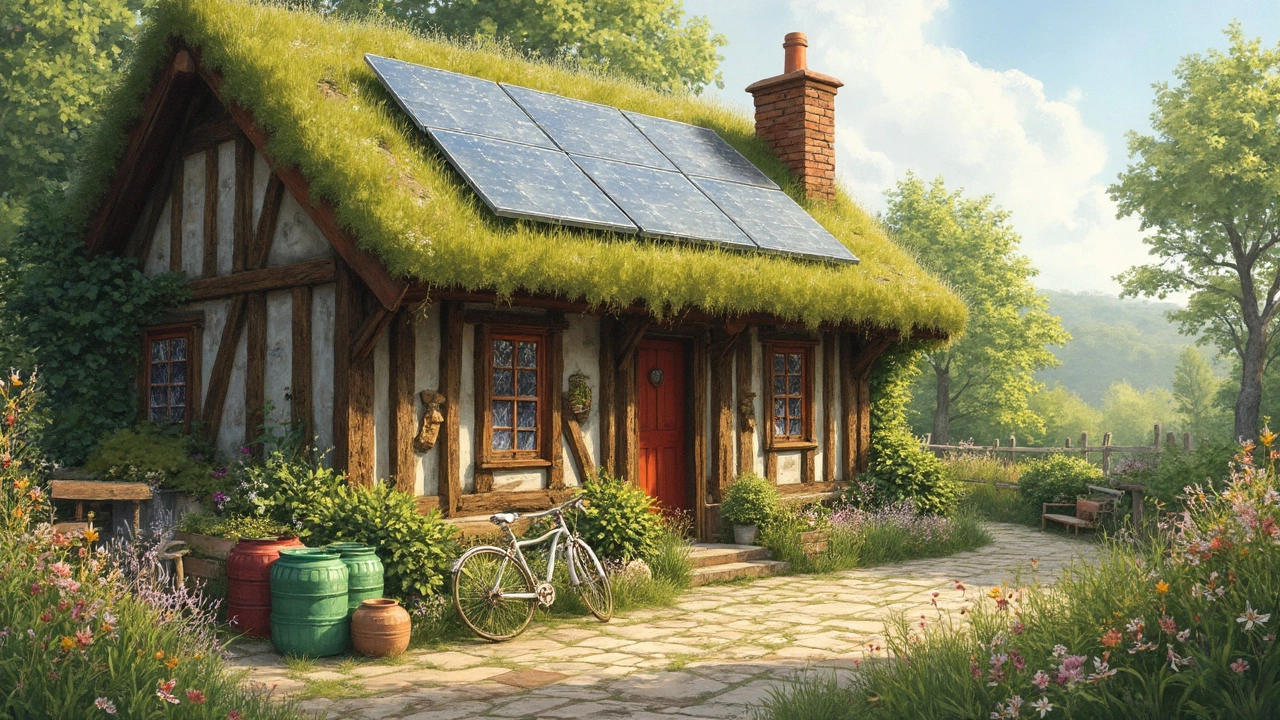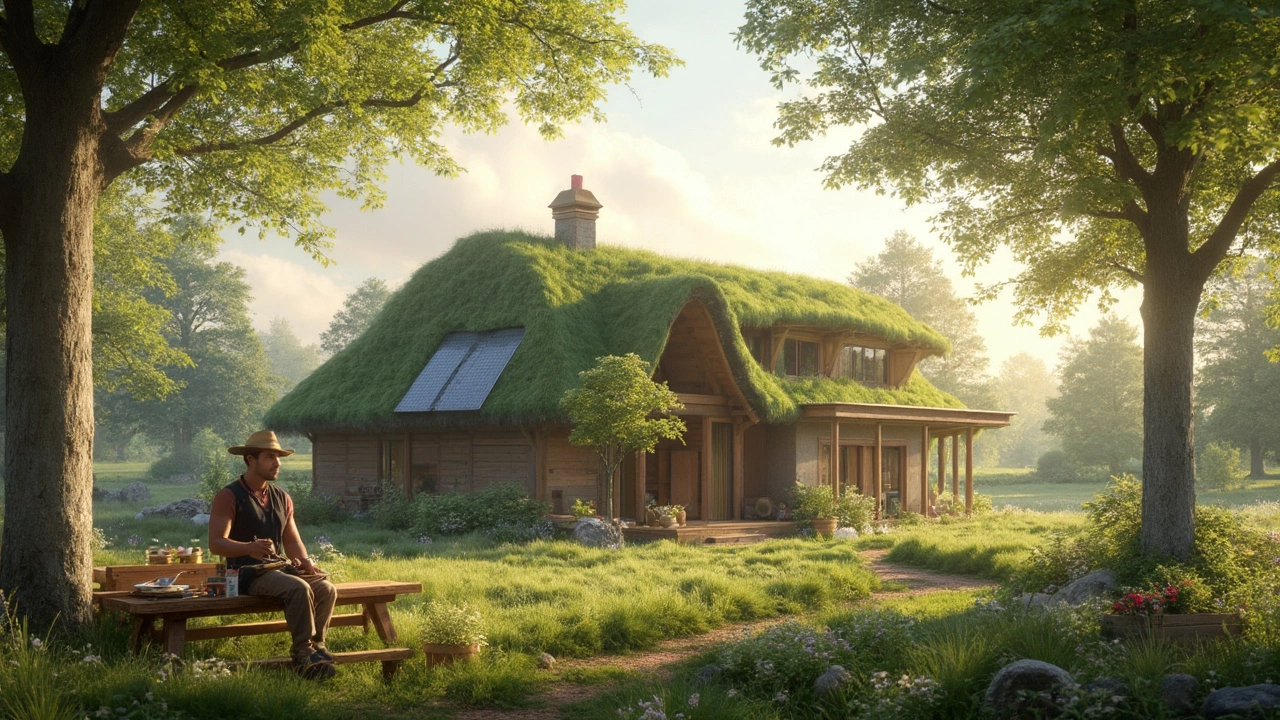
Eco-Friendly House: Easy Ways to Go Green at Home
Thinking about turning your home into an eco-friendly house? You don’t need a massive budget or a full‑blown redesign. Small changes add up, and the savings show up fast. Below are real‑world tips you can start using this week.
Pick the Right Materials
First up, look at what your house is built from. Traditional drywall, cheap insulation, and synthetic paints can leach chemicals and waste energy. Swap these for low‑VOC paints, recycled‑content insulation, and sustainably sourced timber. They’re often just a little pricier, but the health boost and lower heating bills make it worth it.
If you’re planning a remodel, ask your contractor about non eco‑friendly building materials to avoid. Products like PVC flooring, asbestos‑type tiles, and high‑density foam can trap toxins. Choose alternatives like bamboo flooring, reclaimed wood, or natural stone. They look great and keep your indoor air clean.
Cut Energy Use Without Cutting Comfort
Heating and cooling eat up most of a home’s energy bill. A simple fix is sealing gaps around windows and doors with weather‑stripping. Add a programmable thermostat so you’re not heating an empty house. If you can, install LED bulbs—they use up to 80% less power than old incandescents.
Consider a small solar panel kit for the roof. Even a modest 2‑kilowatt system can shave off a chunk of your electricity bill. Many local councils offer rebates, so check that out before you buy. And don’t forget to keep your appliances clean; a dusty fridge works harder and wastes energy.
Water usage is another hidden cost. Low‑flow showerheads and dual‑flush toilets can cut your water bill by up to 30%. Collect rainwater in barrels for garden watering—your plants love it and you save on the tap.
When it comes to cost, many people ask, “Are eco homes expensive?” The answer is yes, they can cost more upfront, but the long‑term savings usually outweigh that. A 2025 study showed that a well‑insulated eco house pays back the extra spend in under ten years through lower utility bills.
Don’t overlook the hidden downsides either. Some eco homes have higher maintenance needs, especially if you choose unusual materials like earthbags or straw bale walls. Make sure you understand the upkeep before you commit.
Finally, think about how you live in the space. Turn off lights when you leave a room, use natural light during the day, and unplug chargers that sit idle. Those tiny habits become big savings over time.
Ready to start? Pick one tip from each section and put it into action. Seal those windows, swap one bulb for an LED, and add a low‑flow faucet. You’ll feel the impact quickly, and your eco‑friendly house will keep getting better with each upgrade.

